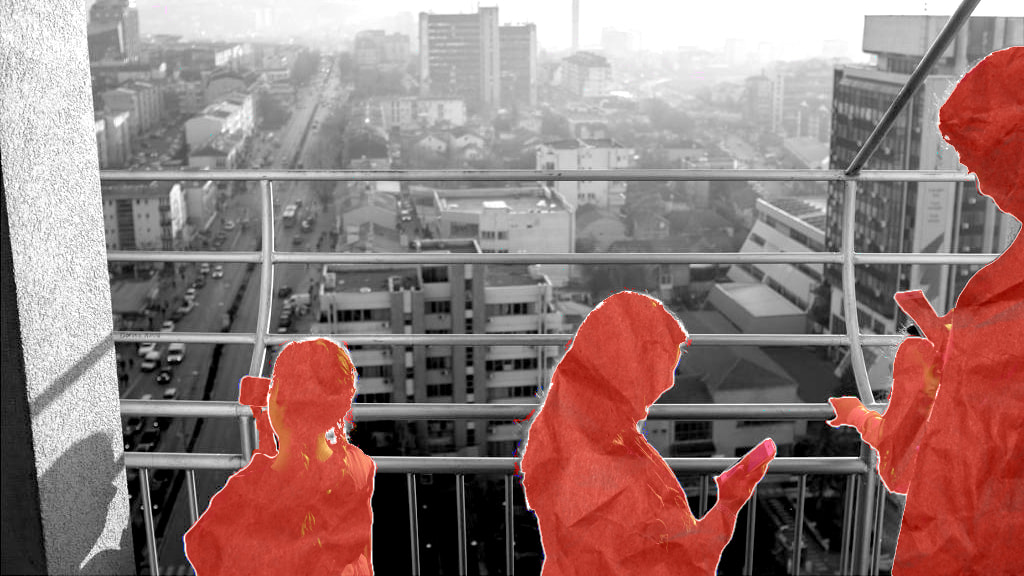
From girlhood to womanhood through public spaces
Who gets excluded from public space?
For many girls, creating their own spaces and making their presence felt requires challenging existing power structures.
Public spaces may be designed with certain assumptions about who uses them, assumptions that can inadvertently marginalize girls.
As we transition from girlhood to womanhood, our interactions with public spaces reflect societal expectations and offer a chance to redefine our narratives.

Vlera Zymeri
Vlera Zymeri is currently pursuing a bachelor's degree in sociology at the University of Prishtina. She completed her studies in Mass Communication at the College of DuPage as part of the CCI Program, a full scholarship program offered by the U.S. Department of State. She enjoys writing.
This story was originally written in Albanian.
Want to support our journalism? Join "HIVE" or consider a donation.